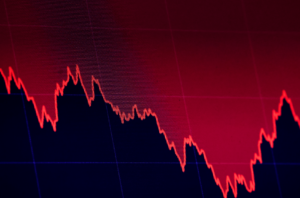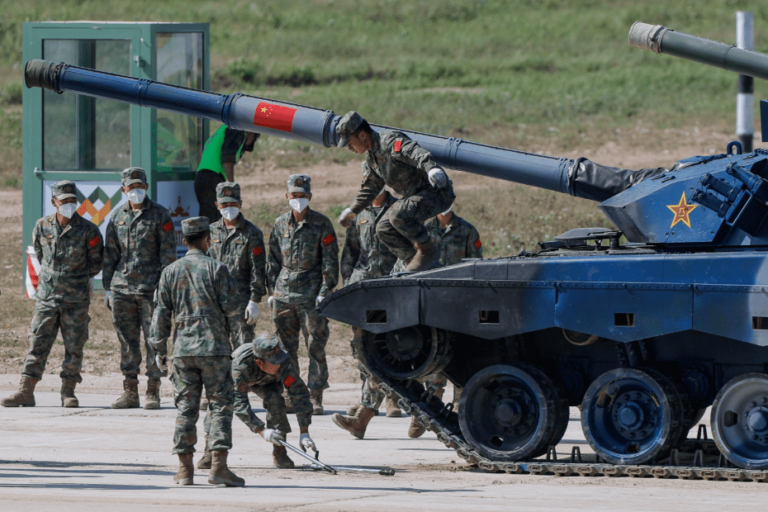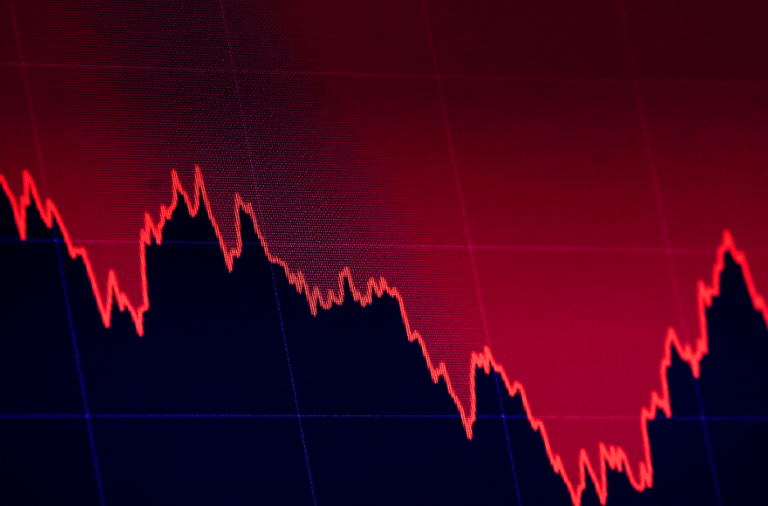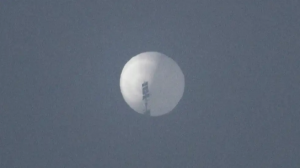A powerful magnitude 7.8 earthquake has struck Turkey and Syria, causing widespread devastation and leaving thousands dead and injured. The death toll has risen to over 4,300 according to government figures, with 2,921 confirmed dead in Turkey and 1,444 in Syria. The number of casualties is expected to rise as rescue operations continue. In 1999, a similar magnitude earthquake hit the eastern Marmara Sea region near Istanbul, killing over 17,000. The World Health Organization (WHO) has warned that the toll from this earthquake could reach 20,000.
The first quake struck as people slept and was felt as far away as Cyprus and Cairo. The European Mediterranean Seismological Centre (EMSC) reported that the second quake measured 7.7 magnitude and was located 67 km north-east of Kahramanmaraş, Turkey, at a depth of 2 km.
US President Joe Biden has spoken with Turkish President Tayyip Erdogan to offer condolences and support, with US teams deploying quickly to assist in rescue efforts. The European Union, along with other countries such as the US, UK, Canada, Israel, Russia, and China, have offered assistance and search and rescue teams have been deployed to help with recovery efforts. The Swedish presidency of the European Union has activated the integrated political crisis response (IPCR) to coordinate EU support measures in response to the earthquake.
In addition, the International Rescue Committee (IRC) has called for increased funding for humanitarian aid in Syria, as many people in the north-west of the country have already been displaced multiple times, and medical care in the region was already strained before this tragedy. The partial destruction of a Roman-era castle in the Turkish city of Gaziantep has also raised concerns about the potential damage to other priceless monuments in the region, rich in cultural heritage. The earthquakes have also led to a prison mutiny in northwestern Syria, with at least 20 prisoners escaping the facility. Seismologists have recorded over 100 smaller aftershocks following the initial earthquakes.












